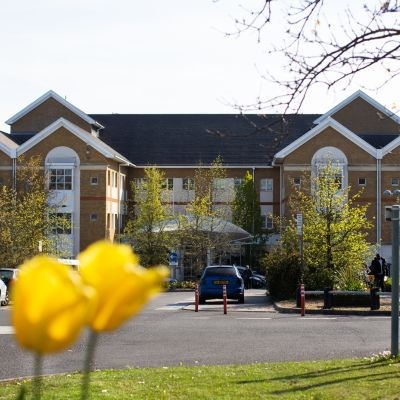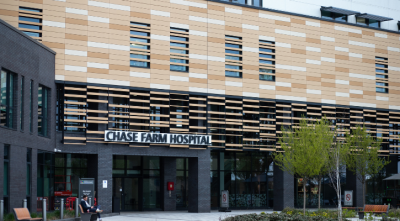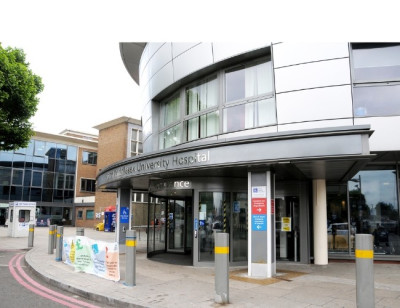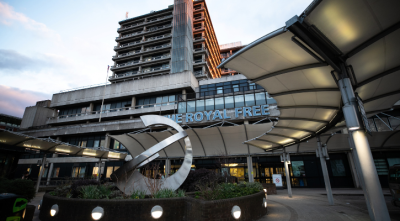Medical photography is used to visually record patients’ medical conditions to form part of their medical records. Often, they are also used as part of the planning process in conjunction with other tests such as ultrasound or MRI scans, X-rays, and blood tests.
Photographs taken by medical photographers may also be used for research and teaching doctors, nurses and other health professionals. Sometimes, with your permission, photographs will be published in scientific journals or medical books.
Our services
We provide detailed and accurate representations of various aspects of healthcare, including:
Medical photography
Also referred to as clinical photography used to document patients’ medical conditions, injuries, or surgical procedures. These records track the progression of conditions and assessing treatment outcomes.
Teledermatology
Diagnostic photographs are taken of dermatology patients in an outpatients or community setting, with the photographs reviewed by the dermatology team to provide rapid treatment and reduce waiting times.
3D photography
Typical uses include surgical planning, treatment assessment, and clinical trials.
Videography
Recording facial movement for patients with facial palsy, surgical procedures, and gait analysis.
Clinical trials
Photography, videography, and 3D photography as part of clinical trials.
Private patient photography
Photography for private patients referred by their consultant on an appointment basis.
Medicolegal photography
Medicolegal photography is at the request of your solicitor. These records can be used during legal proceedings to illustrate your case.
NHS patients are referred to our service by their hospital clinician, who will provide patients with a medical photography consent form. Teledermatology patients are referred by their GP.
We operate a walk-in service at the Royal Free Hospital located in clinic 8.
Patients are referred to medical photography by their clinician who will provide the patient with a medical photography consent form.
 Translate
Translate




